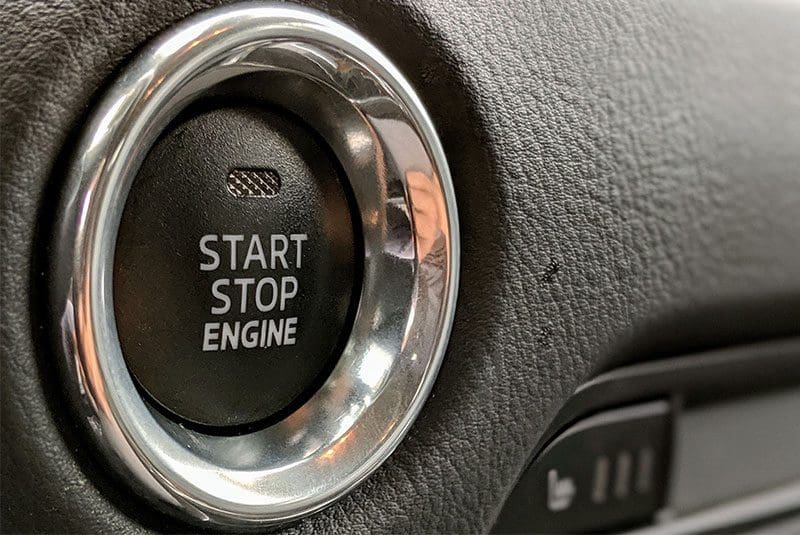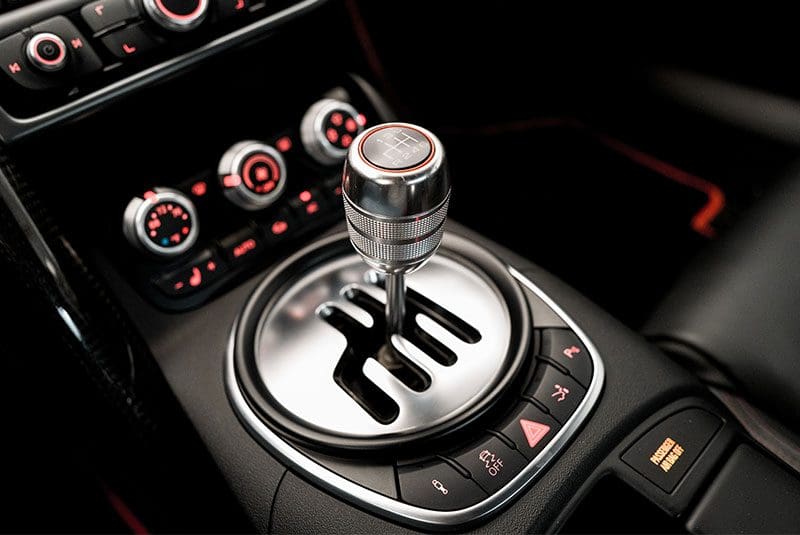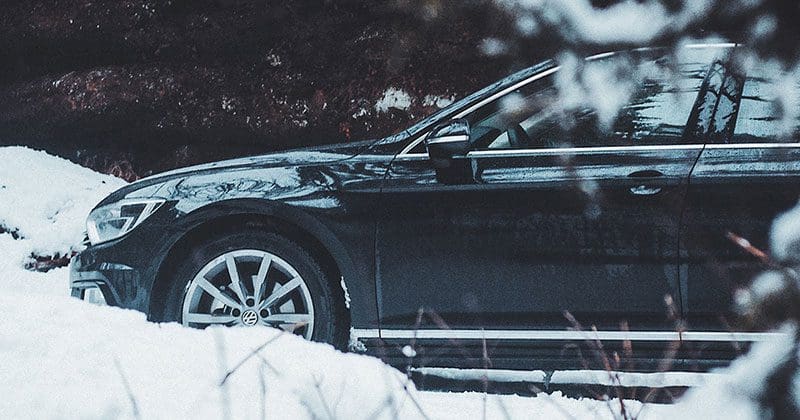Many consumers ask if a remote car starter affects the safety and security of their vehicle. A while back, we talked about warm-up thefts and how thieves prey on people who start their vehicles with the key to let them warm up in the morning. Leaving your key in your vehicle is, of course, begging for trouble, and a properly designed and installed remote start system is the perfect solution. Let’s talk about how car starters work in terms of theft prevention and the safety of those working on or around the vehicle.
Remote Started Vehicles Are Safe
Modern car starter systems integrate with the security and anti-theft systems built into modern vehicles. Digital communication on the CAN and LIN bus networks in the vehicle not only handles all the required authentic protocols, but many of the ignition and start commands can be issued by data as opposed to the conventional analog signal method from days gone by. This technology has eliminated the chance of a vehicle being “hot-wired” by crossing a few wires under the dash like in a scene from an ’80s movie or TV show.

Most car starters ensure that the doors are locked after the start process is complete. The systems also require the presence of a factory-issued wireless fob or the use of the key in the ignition. Finally, if the vehicle isn’t “started” with the key (either mechanically or electronically), the starter system will shut down as soon as the brake pedal is depressed. The latter scenario assumes that a thief was able to get into the locked vehicle.
Starter Safety for Mechanics and Technicians
If installed properly, a modern remote starter will include a hood pin or a tilt switch, or it will be integrated with a factory hood pin so the system is disabled when a technician or mechanic is working on the vehicle. Likewise, a properly installed starter system will include a valet switch or a way to put the system into a Valet mode using the remote. Once in Valet, the remote start functionality is disabled, but door lock and unlock functionality continues to work.

Another safety feature is over-rev production. If the engine speed exceeds a preset level before the ignition is turned on with the key or start button, the engine will shut down automatically.
Manual Transmission Starter Safety
Dozens, if not hundreds, of discussions have looked at the safety of remote car starters designed for use in vehicles with manual transmissions. The question of just how safe these systems are depends directly on the solution you purchase. A basic solution requires that you use some type of reservation mode. The process involves stopping the car and setting the parking brake, then sending the start command from the remote control to the vehicle. The owner can turn the engine off and exit the vehicle. The engine will continue to run. Once the lock button is pressed on the remote, the system shuts the engine down. If a door is opened before the car is started, the reservation mode is canceled.

Some companies take manual transmission starter safety even further by including a motion sensor with the system. If the vehicle moves when the engine starts, the ignition is disabled. Compustar systems include a sensor called the DAS2 that monitors motion, shock and glass breakage to ensure that the vehicle is safe and secure.
Choose Your Remote Starter Carefully
As we’ve said several dozen times, the performance and reliably of your car starter system depends on the products you choose and how those solutions are integrated into your vehicle. Lots of inexpensive products are available for every category of the mobile enhancement industry. Your satisfaction depends on your choice. In terms of a car starter, saving a few dollars may not be wise. Drop by a few local specialty mobile enhancement retailers to learn about the solutions that are available for your vehicle.

